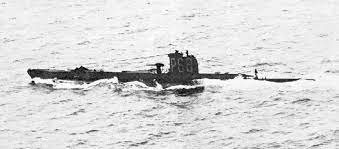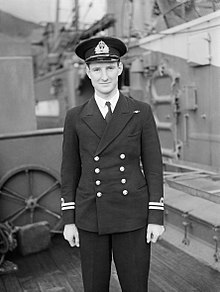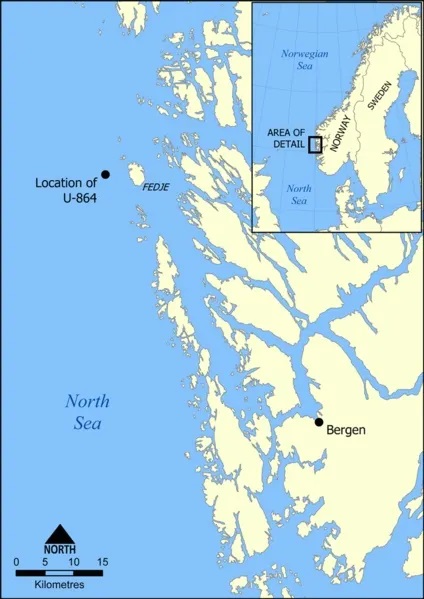|
"Of
all the branches of men in the Forces, there is none which shows more devotion
and faces grimmer perils than the submariner. "Only in attack does a submarine reveal herself, before creeping away to the concealment of the deep" HMS Venturer
Lt J S Launders DSO & Bar. DSC & Bar
HMS Venturer was a Second World War British submarine of the V
(Vampire) class that sank two German U-boats and five merchant ships
during the war. Following the war, the boat was sold to Norway
and was renamed HNoMS Utstein. She was discarded in 1964. In
January 2023 I watched a tv programme called Hell under the
Water. This particular episode featured Venturer and her amazing
Capt. Lt JS Launders. DSO & Bar, DSC & Bar.
Launched: 4
May 1943
Construction started: 25
August 1942
Beam: 4.9 m
Length: 62 m
The German U-Boat U-864 was assigned to carry out Operation Caesar, a plan to take critical advanced war supplies and design documents to Japan, in December 1944. U-864 was a large Type IX U-Boat, displacing 1,800 tons and designed for long ocean-going missions with a range of over 18,000 miles. A series of mishaps and Allied bombings delayed her sailing until February 1945, when she left Bergen, Norway for the Far East. She was carrying parts and drawings for jet fighter aircraft and V-2 missile guidance systems as well as 67 tons of mercury stowed in more than 1,800 steel bottles. Mercury was critical for the manufacture of explosives, especially detonators. On board were 73 men, including two Japanese engineers and her captain, Ralf-Reimar Wolfram. While at periscope depth, Venturer spotted U-864's periscope or snorkel and began tracking the German sub, waiting for it to surface in order to get a good shot at it. U-864 soon detected it was being followed and remained under the surface, where it knew it would be safe from the enemy submarine, and Wolfram commenced zig-zag procedures. For several hours Venturer followed U-864, but it was apparent that the German was not going to surface, so Launders began to calculate a three-dimensional firing solution. A ship on the surface moves in only two dimensions, forward/backward and left/right, and is difficult enough to hit. U-864 had an extra dimension to play with-- up/down-- and such a complex solution had never been tried before, since the mathematics was so difficult. Adding to the problem was the fact that surface targets were visually acquired, while the three-dimensional location of U-864 was based on sound alone.
|



